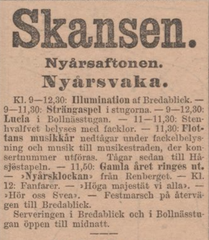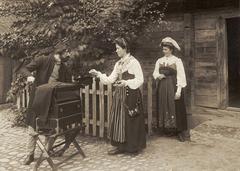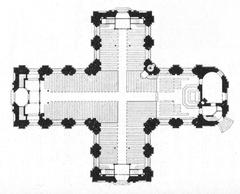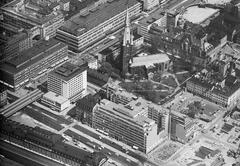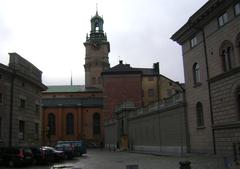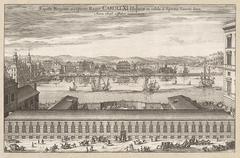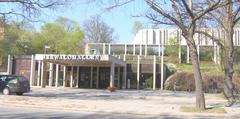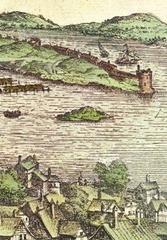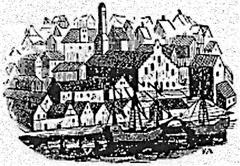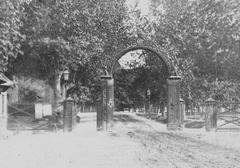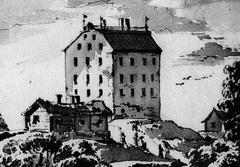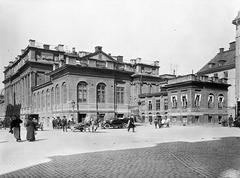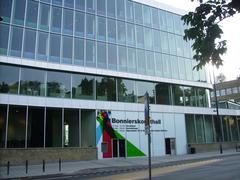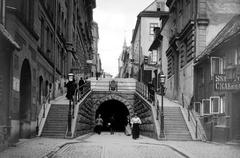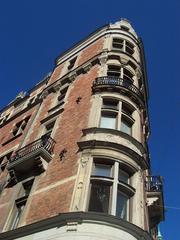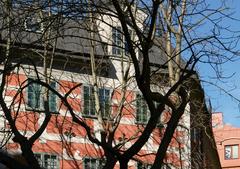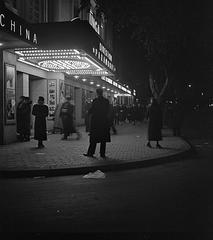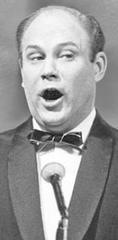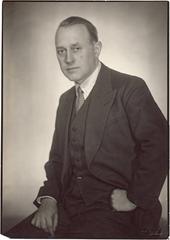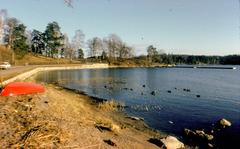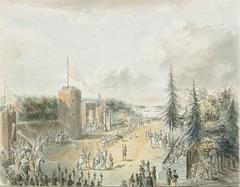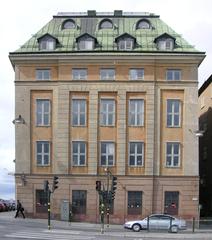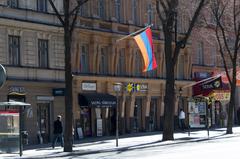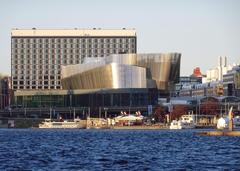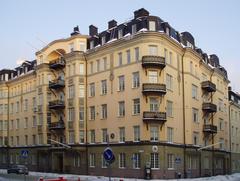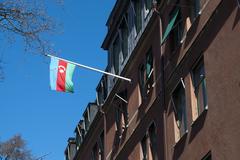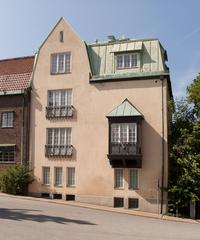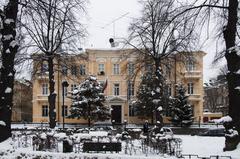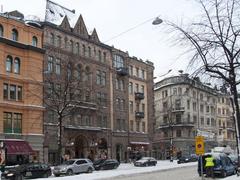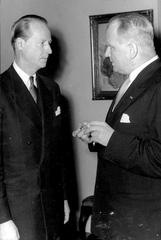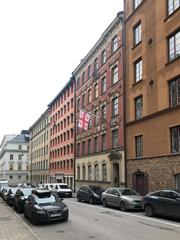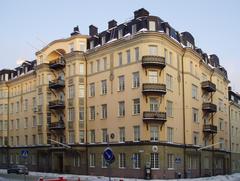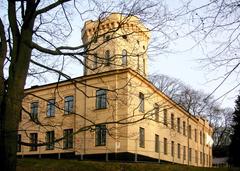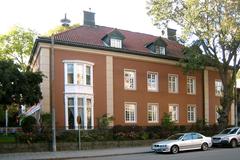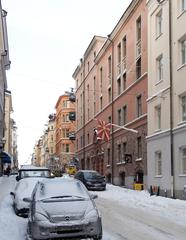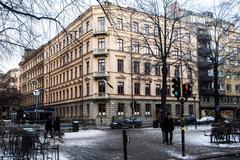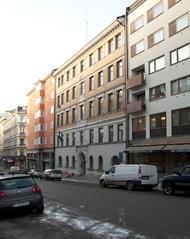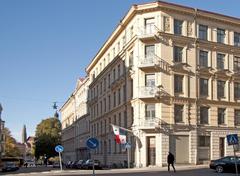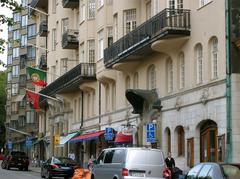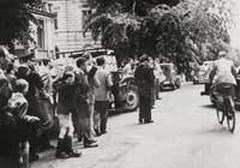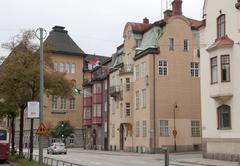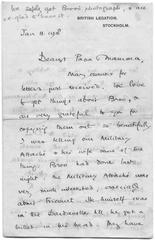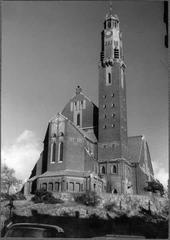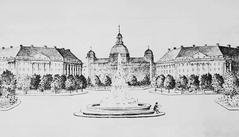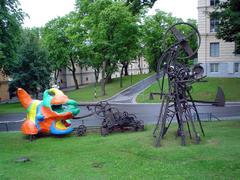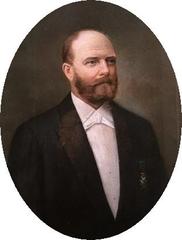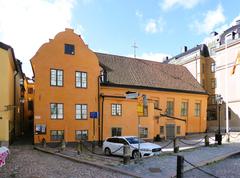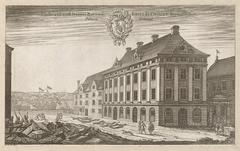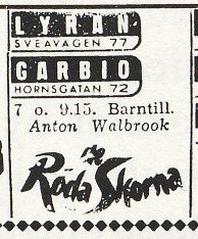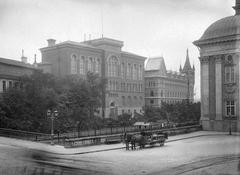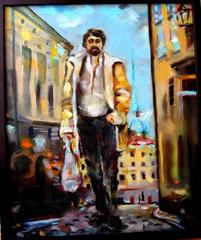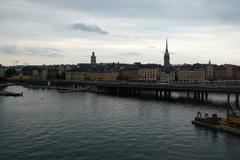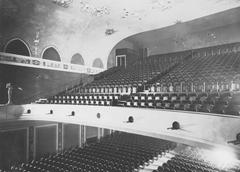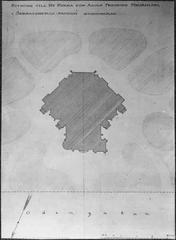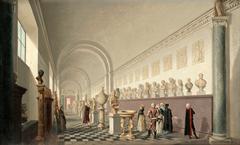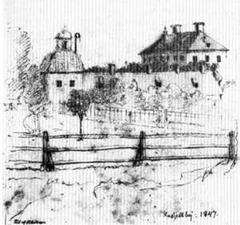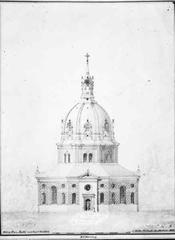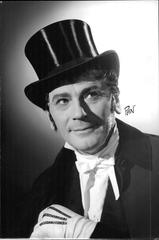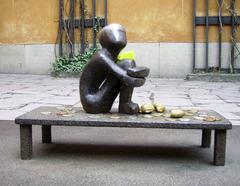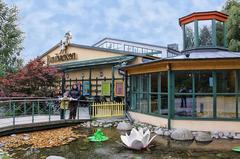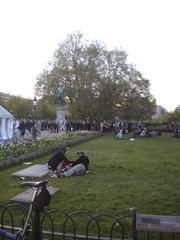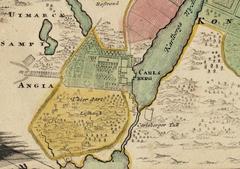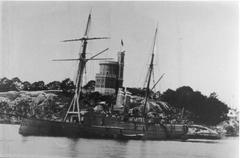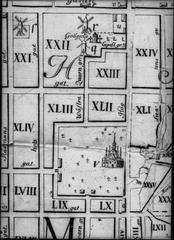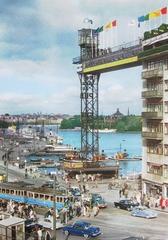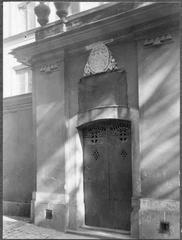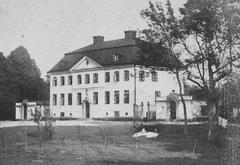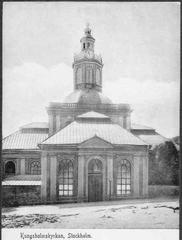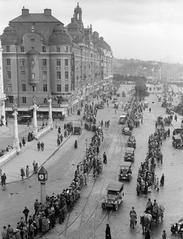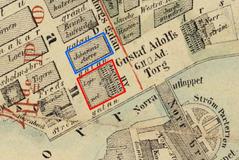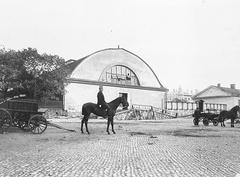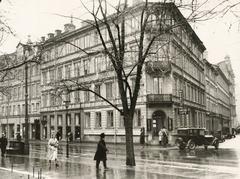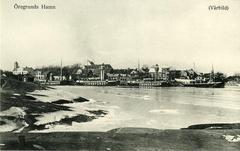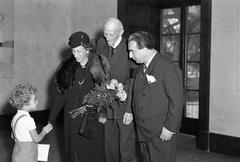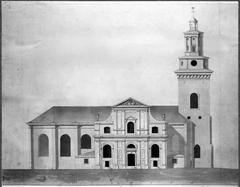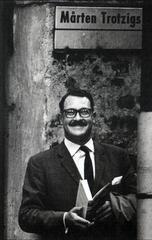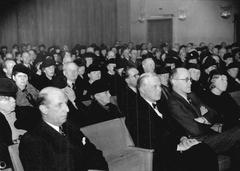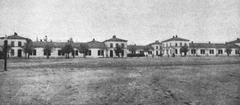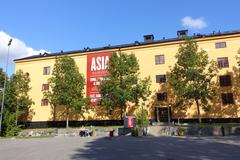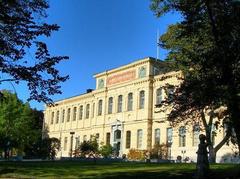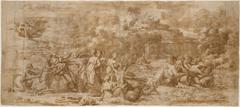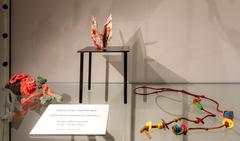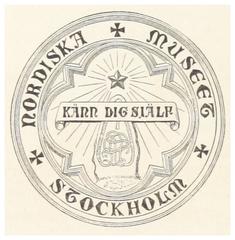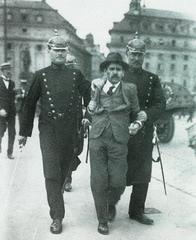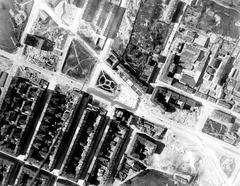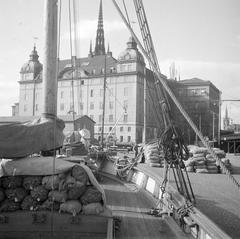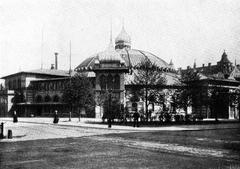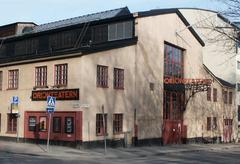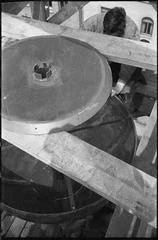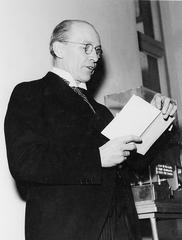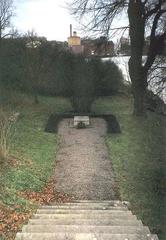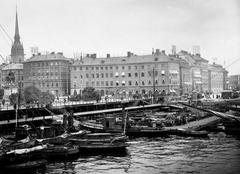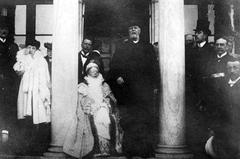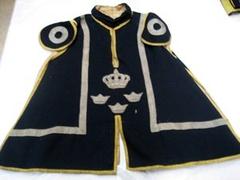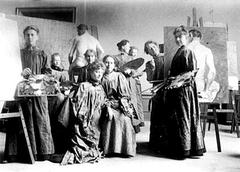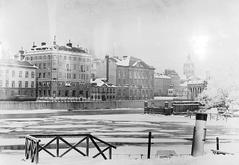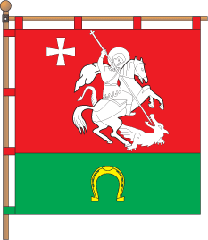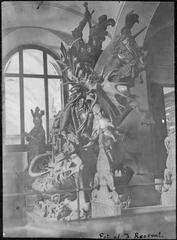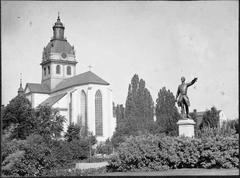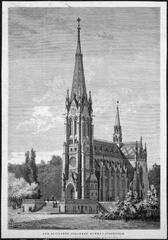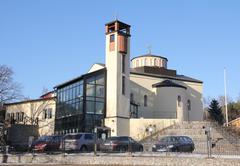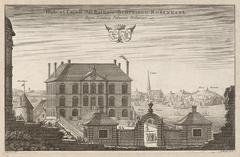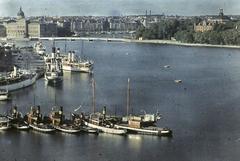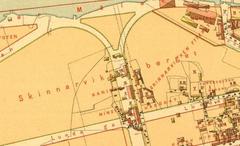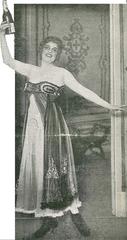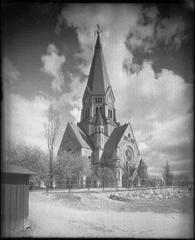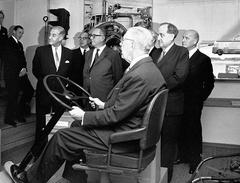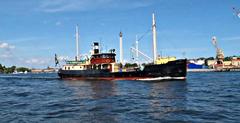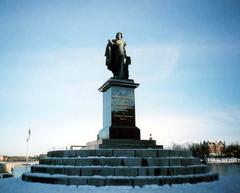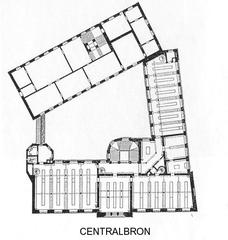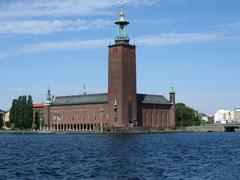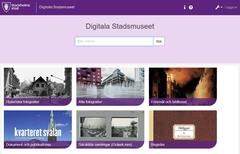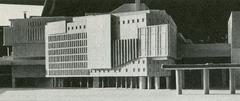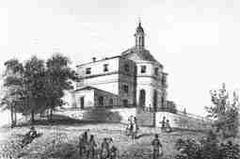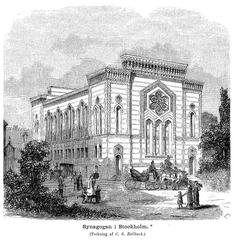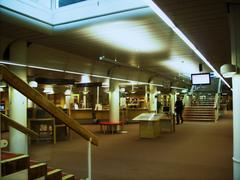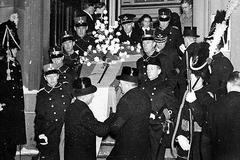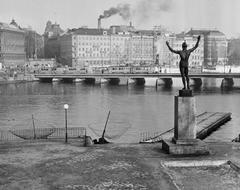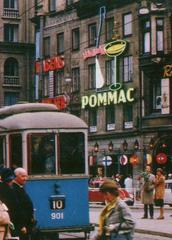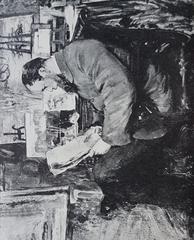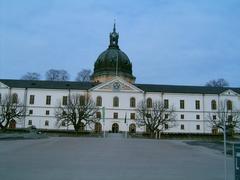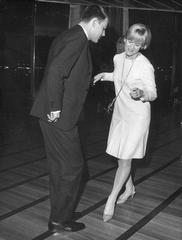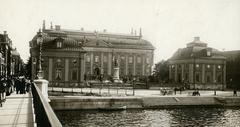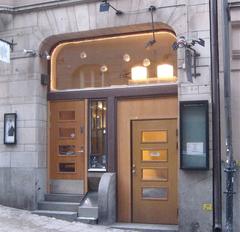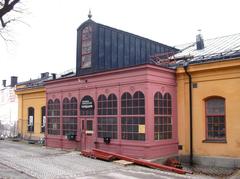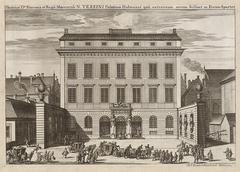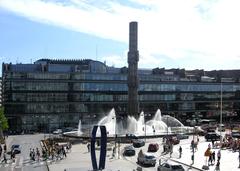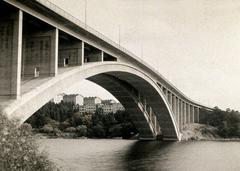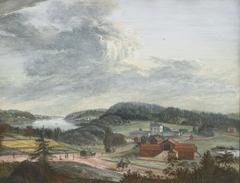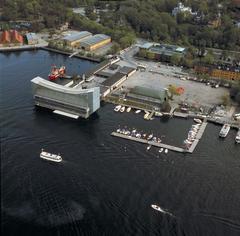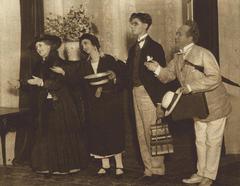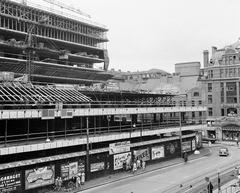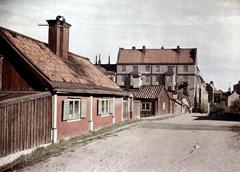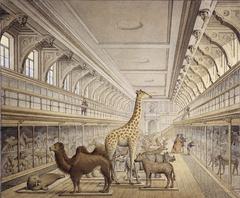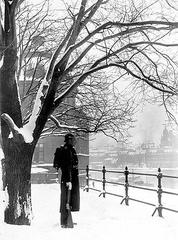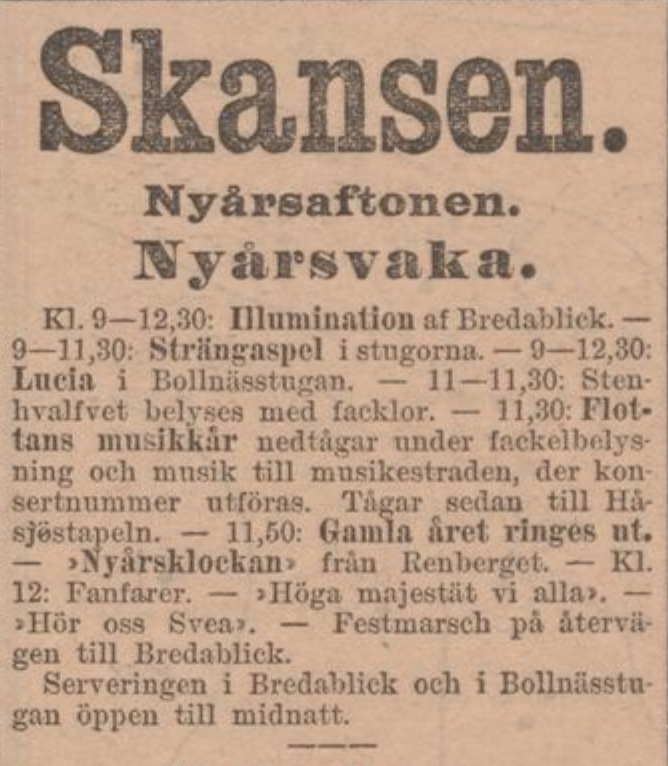
Comprehensive Guide to Skansen Visiting Hours, Tickets, and Historical Significance
Publication Date: 17/07/2024
Introduction to Skansen
Skansen, the world’s first open-air museum, offers an unparalleled journey into Sweden’s rich cultural heritage. Founded in 1891 by Artur Hazelius, Skansen was established with the vision of preserving Swedish traditions in the face of rapid industrialization. Nestled on the scenic island of Royal Djurgården in Stockholm, this museum is more than just a collection of historical buildings; it is a vibrant testament to the past, brought to life through immersive exhibits and live demonstrations. Visitors can explore over 150 meticulously reconstructed structures, ranging from farmhouses and workshops to a zoo featuring Nordic wildlife (source). Whether you’re a history enthusiast, a lover of traditional crafts, or simply looking for a unique day out, Skansen offers an enriching experience that engages all senses. This guide aims to provide comprehensive visitor information, including ticket prices, visiting hours, and travel tips, as well as insights into the museum’s historical and cultural significance (source).
Table of Contents
- Introduction
- History of Skansen
- Visitor Information
- Special Events and Tours
- FAQ Section
- Conclusion and Call to Action
Discover Skansen - History, Visiting Hours, Tickets, and More
History of Skansen
A Vision Brought to Life - The History of Skansen
Skansen has a rich history interwoven with the preservation of Swedish cultural heritage. Its story begins with Artur Hazelius, a man driven by a profound love for his country’s traditions and a fear of their imminent disappearance in the face of rapid industrialization.
The Early Years - A Museum is Born (1891-1900)
In the late 19th century, Sweden experienced a wave of modernization that threatened to eclipse its traditional way of life. Artur Hazelius, a language teacher and scholar, recognized this cultural shift and felt compelled to act. He envisioned a living museum, a place where Swedes and visitors alike could step back in time and experience the country’s diverse regional cultures.
Hazelius’s vision began to materialize in 1891 on the grounds of Royal Djurgården, a leafy island in the heart of Stockholm. He purchased a dilapidated farmhouse from northern Sweden and had it meticulously dismantled, transported, and reconstructed at Skansen. This marked the birth of the open-air museum concept, a revolutionary idea at the time.
Over the next decade, Hazelius tirelessly acquired and relocated over 150 historic buildings to Skansen, representing a cross-section of Swedish society. Farmhouses, workshops, churches, and even a manor house found new life on the museum grounds, each telling a silent story of the people who once inhabited them.
Expansion and Evolution - A Growing Legacy (1901-1960)
Following Hazelius’s death in 1901, Skansen continued to flourish under new leadership. The museum expanded beyond its initial focus on buildings, incorporating live demonstrations of traditional crafts, farming techniques, and festive celebrations. Skilled artisans, many descendants of those who practiced these crafts for generations, brought the museum to life, showcasing their skills and sharing their knowledge with visitors.
The introduction of a zoo in 1916 added another dimension to Skansen. Initially intended to showcase Nordic animal species, the zoo evolved to include endangered animals from around the world, aligning with growing conservation efforts.
A Modern Museum - Preserving the Past, Engaging the Present (1961-Present)
The latter half of the 20th century saw Skansen solidify its position as a beloved national institution and a leading open-air museum. The museum continued to refine its approach, focusing on interactive exhibits and educational programs that engaged visitors of all ages.
Today, Skansen stands as a testament to Artur Hazelius’s vision. It is a dynamic and evolving museum that celebrates Swedish cultural heritage while adapting to the changing needs of a modern audience. The museum continues to acquire new buildings and artifacts, ensuring that the stories of Sweden’s past continue to resonate with present and future generations.
Skansen Today - A Living History Book
Walking through Skansen today is akin to taking a journey through time. Each building, artifact, and demonstration offers a glimpse into the lives of those who lived and worked in Sweden centuries ago. Visitors can witness traditional crafts like glassblowing and blacksmithing, interact with farm animals, and even sample traditional Swedish cuisine.
Skansen is not merely a collection of static displays; it is a vibrant and engaging experience. The museum hosts numerous events throughout the year, including traditional festivals, craft demonstrations, and historical reenactments, offering a dynamic and immersive experience for visitors of all ages.
Visitor Information
Tickets and Opening Hours
Skansen is open year-round, but opening hours vary by season. It is advisable to check the official Skansen website for the most current visiting hours and ticket prices. Tickets can be purchased online or at the entrance. Discounts are available for students, children, and seniors.
Travel Tips
Skansen is easily accessible by public transport. It is located on Royal Djurgården island, which can be reached by bus, tram, or ferry from central Stockholm. Wearing comfortable shoes is recommended, as the museum spans a large area with various terrains.
Nearby Attractions
Royal Djurgården is home to several other notable attractions, including the Vasa Museum, ABBA The Museum, and Gröna Lund amusement park. Combining a visit to Skansen with these nearby sites makes for a full and diverse day out in Stockholm.
Special Events and Tours
Skansen offers a range of special events and guided tours throughout the year. Highlights include traditional Swedish Midsummer celebrations, Christmas markets, and historical reenactments. Guided tours provide deeper insights into the history and significance of the exhibits, enhancing the visitor experience.
FAQ Section
Q - What are Skansen’s visiting hours? A - Skansen’s visiting hours vary by season. Please check the official Skansen website for the most up-to-date information.
Q - How much do Skansen tickets cost? A - Ticket prices vary, with discounts available for students, children, and seniors. It is best to check the Skansen website for current prices.
Q - Is Skansen accessible by public transport? A - Yes, Skansen is easily accessible by bus, tram, or ferry from central Stockholm.
Q - Are guided tours available at Skansen? A - Yes, Skansen offers guided tours that provide deeper insights into its exhibits and history.
Conclusion and Call to Action
Skansen is a remarkable destination that offers a unique glimpse into Sweden’s cultural heritage. Whether you’re interested in history, traditional crafts, or simply enjoying a day out in a beautiful setting, Skansen has something for everyone. Plan your visit today, and don’t forget to check the official Skansen website for the latest updates on visiting hours, ticket prices, and special events. Follow us on social media for more travel tips and updates on Stockholm’s historical sites.
Summary and Conclusion
In conclusion, Skansen stands as a dynamic institution that successfully bridges Sweden’s past with the present. Its extensive collection of historical buildings, interactive exhibits, and live demonstrations make it a unique and engaging experience for visitors of all ages. From traditional Swedish festivals and craft demonstrations to the zoo and aquarium, Skansen offers a diverse range of attractions that celebrate Sweden’s cultural heritage (source). Whether you’re exploring the historic town quarter, participating in a traditional celebration, or learning about Nordic wildlife, Skansen provides invaluable insights into Swedish life and traditions. Plan your visit today to explore this living history book, and ensure to keep updated with the latest events and visiting information via Skansen’s official website. Follow Skansen on social media for more travel tips and updates on Stockholm’s historical sites.
References and Further Reading
- Discover Skansen - History, Visiting Hours, Tickets, and More Skansen’s official website
- Discover Skansen - Visiting Hours, Tickets, and Top Historical Attractions in Stockholm Visit Stockholm’s official website
- Explore Skansen - Visiting Hours, Tickets, and Cultural Significance in Stockholm Time Out’s guide to Skansen
